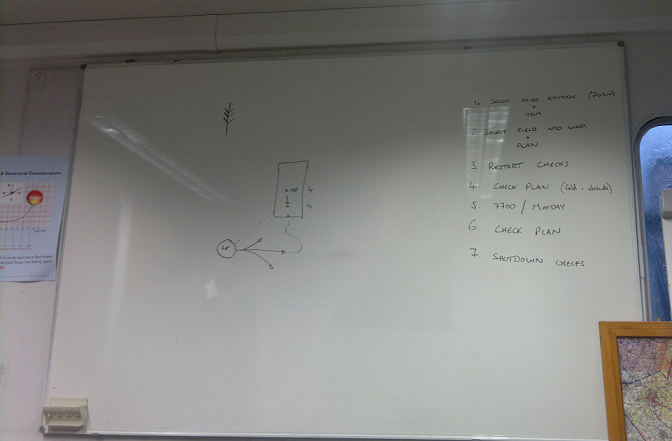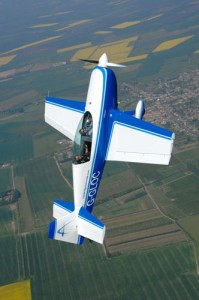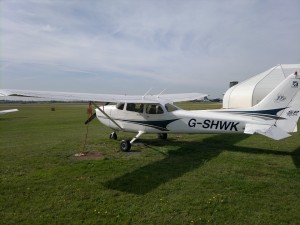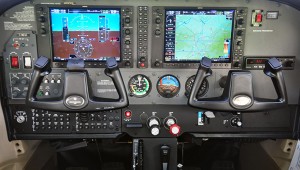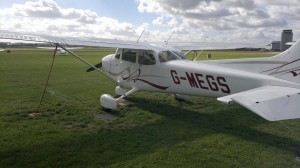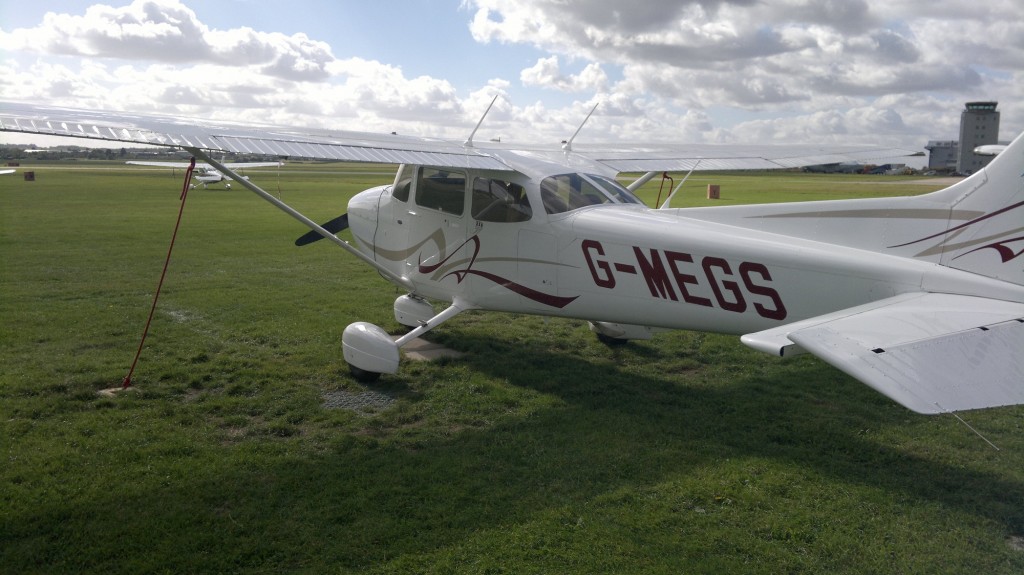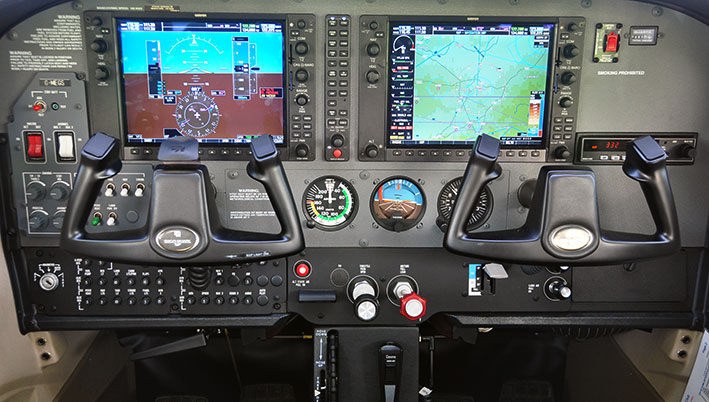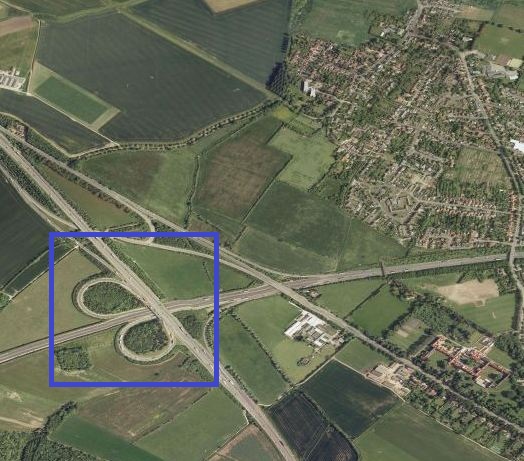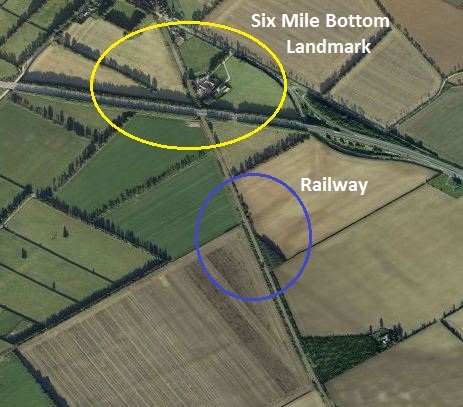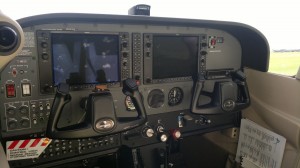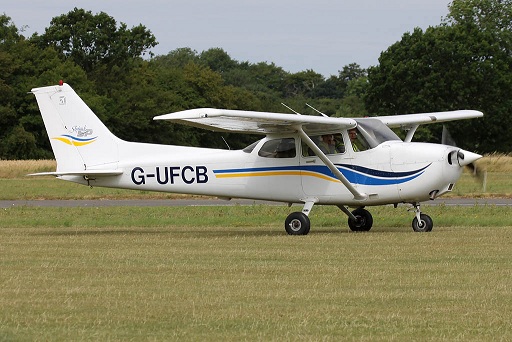If the last lesson was booked on an adrenalin rush, with completing circuits within reach, this lesson was booked because the weather forecast screamed “Last chance!!!”.
As predicted, the weather on the morning was glorious sunshine, no clouds but surprisingly a 10 knot wind. Unlike the last lesson though, this time it was straight down the runway, giving a cross wind of almost zero knots. Perfect for flying.
I’d been grabbing cancellations and booking more lessons then I really should have all over the place through August. With only a handful of minutes of solo circuit time remaining, I was very conscious that financially, it might be now or never to complete circuit flying (…..well, given I might never get the weather again this year, it felt like it might be now or never). No pressure then!
Briefing
Flying with an instructor who so far, had never sent me solo before. I didn’t know the hows and why’s, I didn’t ask, but some how I was back at ’40 minutes of solo time required’. So the mission statement was pretty simple:
In the least number of circuits possible, impress the instructor enough to send me solo for maximum time.
Sounds simple right? But I knew historically, my first circuit, especially one at 9am, was not typically my best…….today it would have to be!
I didn’t want Charlie Bravo again, to much was staked on this lesson to be messed about by the ‘airplane’. So just to be sure, we took G-HERC (Romeo Charlie), it’s been historically very good for me on solo time.
A quick re-cap of circuits for non-pilot readers of this blog:
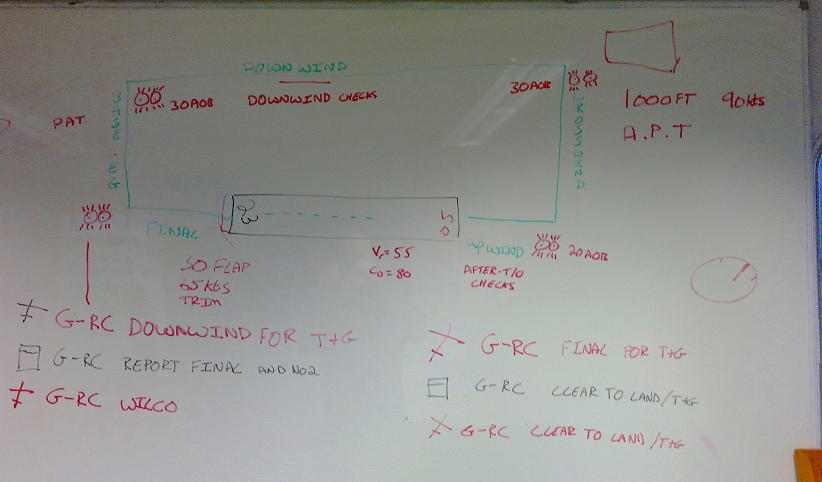
Circuit Flying Briefing White Board
Taxi & Take-Off
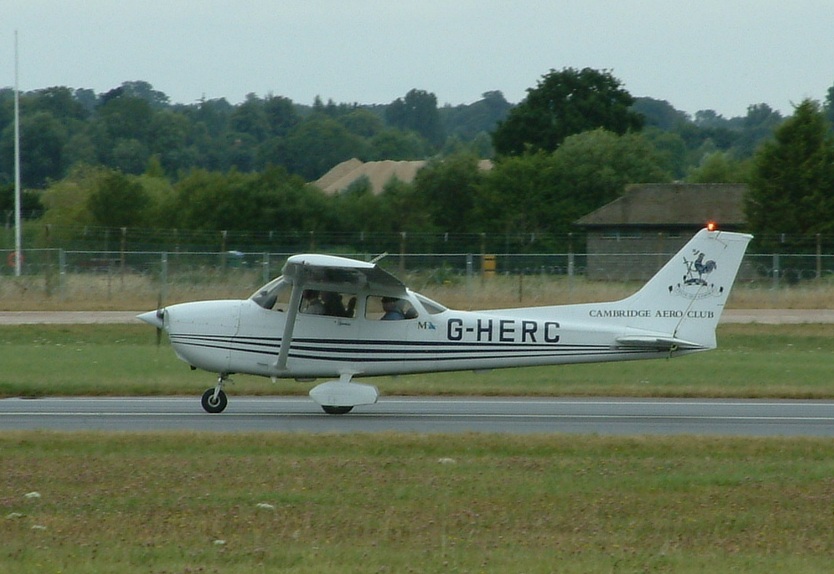
G-HERC (Golf Hotel Echo Romeo Charlie)
With the plane checked out the instructor jumped in and went through her general plan of attack: We’d do maybe two circuits, she’d say nothing, see how they went and then hopefully she’d be getting out and I could go and get my solo time. I’ve never been sent solo in two circuits before, so now they’d really have to be good right out of the blocks.
All pre-checks done and with a queue of other Cessna’s all not very far behind us in their checks we made a dash for holding point Alpha. The radio calls started coming in “Charlie Bravo…..request taxi.”, “Whiskey Kilo……request taxi”. It’s going to be busy in the circuit this morning.
Lined up on the runway and cleared to take-off, I always make one final check with the instructor if they’re happy. With that, full power on and Romeo Charlie begins its charge down the runway.
It begins to climb at 60 knots and pushing in some right rudder we begin what turns out to be a really nice straight climb up – looking good so far at least.
Circuit #1 & #2
That climb really set the trend, the air was really stable and downwind was as smooth as anything at a perfect 1000ft.
Turn on to final and approach on circuit one was almost as perfect as I’ve ever done, all flaps down and radio calls done I just needed a good last 50ft (I’d go around if I had to, but I really wanted to get this right). It wasn’t a perfect landing, we flew along the runway longer than I’d have liked, but when it touched down it was pretty reasonable.
With a vote of confidence about the landing from my instructor, I pressed on with circuit two. A few minutes later I was told:
“We’ll make this to land…”
That could only mean one thing: Don’t screw up this next landing and the solo was on!!
We touched down off circuit two with a bit of a bounce, nothing special but it made me grimace a little, it could have been better – there was a lot riding on that landing. Should I have gone around? Was I pushing it too much? By the time all those questions had gone through my head, we were approaching the turn off point and my instructor was suggesting my flying was perfectly safe to be sent solo.
One tick in a box……now I had to go and do it four more times, on my own.
Solo Flight Number #6
My instructors last words were a reminder that I might only be minutes away from completing circuits, but if the weather did turn or the wind picked up, or I wasn’t happy generally, land it.
With that, I was on my own in the plane.
There’s a wonderful moment, about 15 seconds after the instructor gets out that is almost worth learning to fly for all on its own. Without experiencing it, words can’t quite describe how brilliant it feels to be at the controls of a plane, on your own, about to take off into the skies…….it’s just special and I’d recommend it to anyone (though be warned, it’s highly addictive).
Taxi clearances done it was off back to holding point Alpha. I realised about halfway there I was taxing a bit quick, so I backed off the power. What was I rushing for, I had a clear 50 minutes of lesson time remaining and if I ‘borrowed’ the plane for ten minutes into the next persons lesson, I don’t think anyone would have minded too much. With blue skies and perfect wind conditions, I wanted to just enjoy this flight.
Solo Circuit #1
With so many Cessna’s in the circuit, it was no surprise ATC told me to hold, I watched Whiskey Kilo cross the threshold and do a very nice touch down. I have no idea what my landings look like from outside, but I want to bet a good percentage don’t look as nice as whoever did that one.
I knew that two instructors who I’ve flown with (and have been previously sent solo by) were now in the circuit and they might be watching to see if my landings solo, were remotely like that one, for all I know one of them did it just to show me how it’s done 🙂
ATC came back and cleared me to line-up behind the just touched down Cessna, once they were back up at around 600ft, I was cleared for take-off.
These are the other few moments which words will never do justice, a mile of runway before you, all the power on and you’re soon charging down asphalt. If you weren’t concentrating on airspeed and keeping the plane straight, you’d be overexcited with the thrill of it all.
The circuit went sweetly, a 1000ft, no wind and nice stable air. ATC told me I was number two for my touch and go. I decided I’d do the first few with flaps.
Touch down was almost good, just didn’t quite get the nose up enough and touched down with a slight bump. Fingers crossed that looked alright from the tower.
Solo Circuit #2
With so little wind it was just great flying, the only planes around were the other two Cessna’s, all from my aero club, so it was sort of fun to be flying around with other club members. Even though we really weren’t involved with each others objectives.
Another ‘with flaps’ landing. If anything this was a bit of a rubbish landing, I don’t look back and think I should have gone around, it didn’t need that, but I know I could have done it better.
Just to keep things interesting a radio call from one of the other Cessna’s indicated that another instructor was about to get out and soon there’d be two students in the circuit! (I won’t hit you, if you don’t hit me 😉 ).
Solo Circuit #3
I needed to get a really good landing on the books, something that was feather like on touch down, just for my own sake and to bring back some of that excitement that comes from a perfect landing. With that in mind I knew my best landings come from landing flapless, so I decided to extend downwind and come in flapless.
However, the radio call gaps told me someone wasn’t as far behind as I’d like, so I couldn’t extend to much or I’d mess up everyone’s horizontal separation.
In all that thinking and listening to others radio calls to try and get a good picture of how far they were behind etc. I nearly jumped out of the seat with a moment of “Arrrgh, downwind radio call!”
About 1 mile out on final I realised that if I did nothing, I wasn’t going to get this plane down in time. Rather than come in to high and have to abort it late, I decided I could take flaps now (well within the white arc, flying 70 knots) and I’d get it down.
With flaps it really came down, the sink over the last mile made me think if I’d just stuck with it I might have actually got it down without flaps. A mental note for later….
Touch down was with a fairly hard thump, that was three that personally I felt were a bit average and I was starting to ponder how the first two with the instructor had ever been as good as they were. Really needed to get a great one in the bag.
Solo Circuit #4
Now I wanted to do a flapless landing more than anything. I was still conscious of others in the circuit, but I’d had a re-think: I’d extend my downwind, so they might catch-up a bit, but I’d also be flying the approach at 70 knots instead of 65, so it should all sort itself out ok.
To land or not to land, that was the question. I had a clock running in the plane and it was showing 37 minutes, by the time I landed it should be over 40……but what if it wasn’t? I really wanted to get this done now and not have to come back up with an instructor just to get 1 more circuit solo done. I figured if I’d ran out of time and they wanted me to land, ATC would tell me, so I called “downwind, for touch and go….” Might as well max out my solo time if I can 🙂
Turning on to final I initially thought “damn, didn’t extend enough……too high again!” However, this time I wasn’t so quick to bail on the flapless approach, I kept just a touch of power on as it helps the stability and then told myself “It’ll come down……give it few hundred more meters….it’ll come down”. This wasn’t wishful thinking, as noted on circuit #3, by about three quarters of a mile out there’s a significant period of sink. So I might be staring at four white lights telling me I was to high now, but I was pretty confident they’d quickly become two by half a mile out and then we’d be good to go.
Sure enough it came down really nicely, three white one red, then two and we were now on a nice 3 degree approach at about the right time. Crossing the threshold the sensation of having time and everything feeling calm and slow is the give away feeling that it’s going to be a nice landing. With a really gentle thud, the main wheels touched down and I lowered the nose.
That is how to land a Cessna 172……. hope someone was watching 🙂
Solo Circuit #5 – Time to Land.
With good landing in the bag and knowing the clock would be well over 40 minutes on this circuit, I called it to land.
The Cessna that was behind me had aborted its previous landing so was doing a pretty good job of catching me in the circuit and they wanted to now land as well – better not overshoot the touch down then had I.
All flaps down, it was looking perfect and was going to be on the numbers. Still looking perfect, still looking perfect…… Thump, the back wheels hit the numbers but hit hard and the plane bounced back into the air, all of about 5 ft, before coming back down on its main wheels and I could then lower the nose wheel. It was never a balloon, there was nothing like enough lift, but it had gone from a really pretty landing, to a moment of “arrrgh how did that bounce?”
Still we were down and Air Traffic gave instructions to vacate at Charlie, all easy enough. It’d been a really good morning of flying. I looked at the clock: 48 minutes of solo flight time, it was undisputable, I was done with circuits!
Parking : Wooow Parked properly.
Here’s a weird thing about learning to fly: You wait to fly solo and by the time you do you’ve done take offs and landings without a word from an instructor, many, many times.
Not once do they say nothing when you’re trying to park the thing. So the first time you’re on your own to try and park it, is when you solo. This has meant that I’d so far had a total of just 5 goes parking a plane properly (by this I mean straight and aligned with all the others AND able to get the tie downs to reach both sides), they’d all been pretty rubbish.
This time I was determined, it was going to be perfect parking.
I made sure I was perfectly straight as I stopped the nose wheel on its concrete slab and triple checked the left wing to make sure it was about right for distances to tie down (the tie downs only just reach at the best of times).
Returning to the club house my excited announcement to all around wasn’t “Wooow finished circuits.” Instead, it was a rather more random burst of excitement:
Yaaaay! I parked the plane!!!! …….and flew some solo 😉
……Next Lesson, time to look at leaving & re-joining the circuit. Who knows, maybe even a map will be required…….that’s if I can remember how to fly anything but rectangles, I’ve done quite a lot of it. I’ve got quite used to looking down on Cambridge Airport from a 1000ft, it’s going to feel weird not to have it within sight! 🙂
